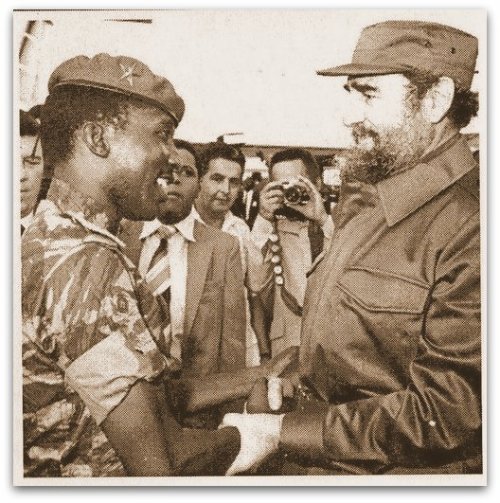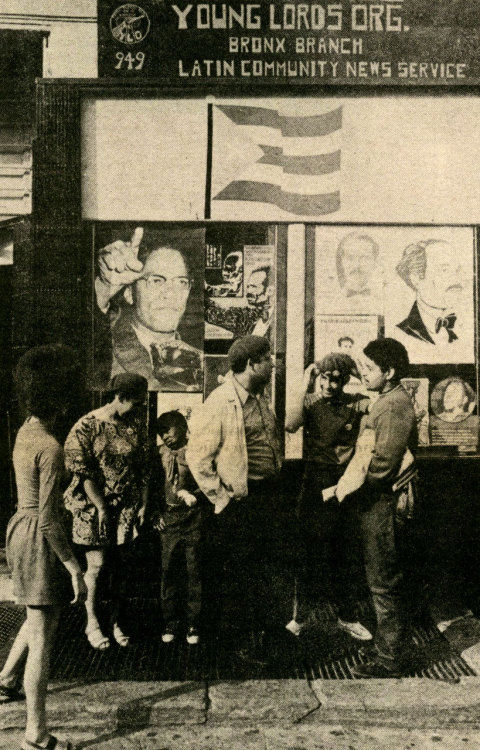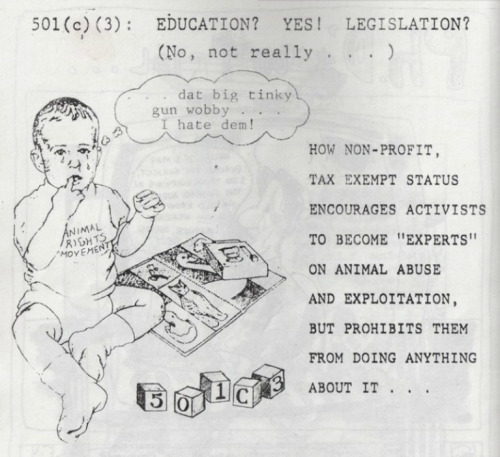#radical history
In November of 1947, a death in Ellaville, Georgia, led to a court case that caused national outrage and protests for the rights of black women in the Jim Crow South. At the center of the court case was Rosa Lee Ingram, a black sharecropper who, along with her three oldest sons, was accused of murdering their white neighbor. The Ingrams were involved in an altercation with their neighbor that resulted in his death, but the family asserted that they acted in self-defense, as the neighbor was threatening to kill Rosa Lee over a minor incident with their shared livestock and had previously threatened her with sexual assault.
In Ellaville, the majority of the population was African American, but black citizens were denied the right to serve on a jury.[1] As such, the outlook was not favorable for the Ingrams while they were on trial, despite their claims to self-defense. Unsurprisingly, the Ingrams’ case was rushed through the Schley County legal system; indictment, trial, and conviction all took place in under a week. A death sentence was delivered to Rosa Lee and two of her sons, Wallace and Sammie. Civil rights activists saw the trial as a violation of the rights of the Ingrams and began rallying and campaigning for the family.

This pamphlet was produced by the Daily Worker, a newspaper distributed by the Communist Party USA. Leftist groups were dedicated to commuting the Ingrams’ sentences and many women who advocated for the Ingrams’ release would eventually go on to found Sojourners for Truth and Justice, a black left feminist group.[2] As Erik S. McDuffie writes in his article, A ‘New Freedom Movement of Negro Women’: Sojourning for Truth, Justice, and Human Rights during the Early Cold War, the case “…represented in glaring terms the interlocking systems of oppression suffered by African American women…” as well as being “…a violation of human rights.” [3] The National Committee for the Defense of the Ingram Family used the trial as a rallying point for collective action against racist and sexist legal systems in Georgia. Through protests and petitioning from the NAACP and black Communist groups around the country, the Ingrams’ sentences were eventually commuted to life in prison. Activists continued to appeal for parole for the Ingram family for years after their sentencing and they were eventually released on parole in 1959. Rosa Lee Ingram passed away in 1980 in Atlanta, Georgia.[4]
References:
McDuffie, Erik S. (2008). A “New Freedom Movement of Negro Women”: Sojourning for Truth, Justice, and Human Rights during the Early Cold War. Radical History Review, 2008(101): 81–106. https://doi.org/10.1215/01636545-2007-039.
Raymond, Harry. (1948). The Ingrams shall not die!: Story of Georgia’s new terror. New York: Daily Worker. 323.1758 R21I
Rountree, Emma. (03 December 2018). Rosa Lee Ingram Case. In New Georgia Encyclopedia. Retrieved from https://www.georgiaencyclopedia.org/articles/history-archaeology/rosa-lee-ingram-case.
[1] Raymond, 7.
[2] McDuffie, 85.
[3] McDuffie, 84.
[4]Rountree.
Sankara and Castro.
Thomas Sankara (Marxist revolutionary, Pan-Africanist theorist and President of Burkina Faso from 1983-87)
Post link
Young Lords Organization (YLO) Bronx Branch
“Having finally established our base in El Barrio, we opened a new branch in the Bronx. The new office, situated at 949 Longwood Avenue (corner of Kelly St.) was opened early this April and will continue the programs started in El Barrio. More than this, it will begin programs relevant to the people in the Bronx area, it will also serve as a Latin Community News Service called “Palante” in which international revolutionary news will be included, and distributed to the people of the community. This last function of the YLO came about after we found that many of the liberation struggles undertaken by peoples in other countries are not known to people in this country due to press “censorship" of revolutionary news.“ —Lulu Carreras, Lieutenant of Finance. Palante(1970)
Post link
13 Point Program & Platform of the Young Lords Organization
larger,in spanish, and the rules of discipline
Post link
1972 Mogadishu, Somalia: Women in the streets protesting the imprisonment of Angela Davis.
Liberation movements are global.
Post link
(viaangry-hippo)
Old animal liberation zine that shows that animal liberationists have been talking about the “non-profit industrial complex” since the mid-1980’s.
The full zine, “State of the Movement #2”, can be viewed here
Post link
Huey P. Newton (seated on porch) watches Donna Howell and the children of the Intercommunal Youth Institute. Photo: Lauryn Williams, 1972
The Oakland Community School (OCS) was one of the most well-known and well-loved programs of the Black Panther Party. Point Five of the Black Panther Party’s original 1966 Ten Point Platform and Program, emphasized the need to provide an education that, among other things, taught African American and poor people about their history in the United States. To this end, the Oakland Community School became a locale for a small, but powerful group of administrators, educators, and elementary school students whose actions to empower youth and their families challenged existing public education concepts for black and other poor and racially marginalized communities during the 1970s and 1980s.
Historically, however, the educational programs of the BPP started long before the OCS with the vision of the party’s leaders. As early as 1967 Huey Newton and Bobby Seale began speaking to high school youth at San Francisco/Bay Area public schools. In 1969, in U.S. cities where there were strong BPP chapters, liberation schools staffed by volunteer party members opened in storefronts, churches and homes. These after-school programs were created to give academic support to black and other poor youth. These community school programs created a forum for young people to explore a factual history of America and a sense of connection and community.
(viaErika Huggins)
Post link






